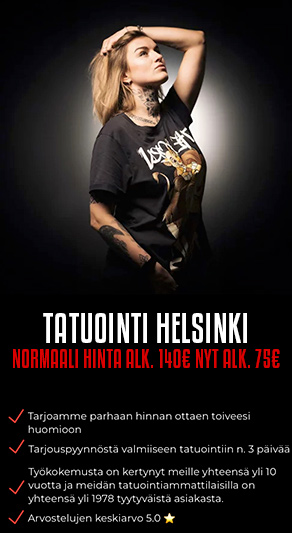http://www.ncbi.nlm.nih.gov/pubmed/19528856
Tuossa jotain tutkimusta vahvin mies -kisaajista, jossa olettamuksena pidettiin atlaskivien nostelun olevan erityisen haitallista selälle koska 'suoraselkäistä' nostoa ei niiden kanssa yksinkertaisesti pysty tekemään (johtuen kivien muodosta, otteesta, ym ym). Kuitenkin, kovan tason kisaajat pystyivät muilla keinoin tukemaan rankaa.... tekniikoilla, joita ei huonommilla kisaajilla ollut. Ja niinpä sitten huonoilla kisaajilla välilevypaineet olikin tapissa vaikka nostetut kivet olivat pienempiä/kevyempiä.
"The case study shows how the spine is fully flexed and remains flexed for the majority of the lift. The spine is “hooked” over the stone and remains hooked as the stone is rolled up to the thighs. The extension of the hip and spine is used to place the stone on the platform. The world-class strongman once again used total torso stiffening to lock the spine, whereas the club strongman moved the spine and had distinct phases in muscle activation, compromising both performance and protective stiffness."
"Although it had been hypothesized that the stone lift would create the highest compressive load on the lumbar spine, this was not the case. The stone’s center of mass was positioned close to the low back by the strongman, who curled over the stone with a torso “hooking” technique. This required extreme spine flexion, which was maintained until the final hip and torso extension thrust to place the stone on the platform."
"The stone lift is an interesting study for the tradeoff between performance and injury risk control. While the spine is fully flexed to hook over the stone, this assists in getting the stone as close as possible to the low back and hip. These are the joints subjected to the most torque and, therefore, are the limiters of performance (notwithstanding grip on the stone). However, full spine flexion is the posture in which the spine has the lowest tolerance or the highest risk of end-plate fracture. However, the spine in the world-class lifter remained in this locked position until the final extension phase needed to place the stone. In this way, spine power was low during the lifting phase (i.e., no spine motion). Low spine power reduces injury risk, and high spine power (both high load and high spine velocity) greatly increases injury risk.
Technique differences were observed between the world-class competitor and the others that led to superior stiffness and hip and back moment generation to enhance performance and reduce the risk of injury."
Tuossa aikaisemmin jo laitoin mavevideon jossa Ahola rykii tankoa tavalla joka olisi pystymetsästä revitylle helvetin haitallista. Mutta hänelle, hänen välityksillään, kokemuksellaan ja painekontrollilla se lienee turvallisin tapa nostaa kyseinen paino. Se nyt vain on niin että vahvat tietää mitä tekee, muuten se rauta olis edelleen maassa [edit: 100kg mave ei tarkoita sitä vahvaa mitä mä tarkoitan]. ;)
Vertauksena voisi miettiä jos tuon videon Ahola korvattaisiin jollain 17v lukiokollilla ja 360kg:n painosta napattaisiin 260kg pois, mutta jätettäisiin tekniikka prikulleen ennalleen. Olen satavarma että sormi pystyssä oltaisiin sitä lukiokollia opettamassa ettei noin saa tehdä ja että selkä menee paskaksi.
PS: mutta ehkäpä tän ketjun aloittaja olis oikealla tekniikalla runnaamisen sijaan jo rykimässä 150kg tuohon tahtiin. Ei voi tietää ja oma on selkänsä.




